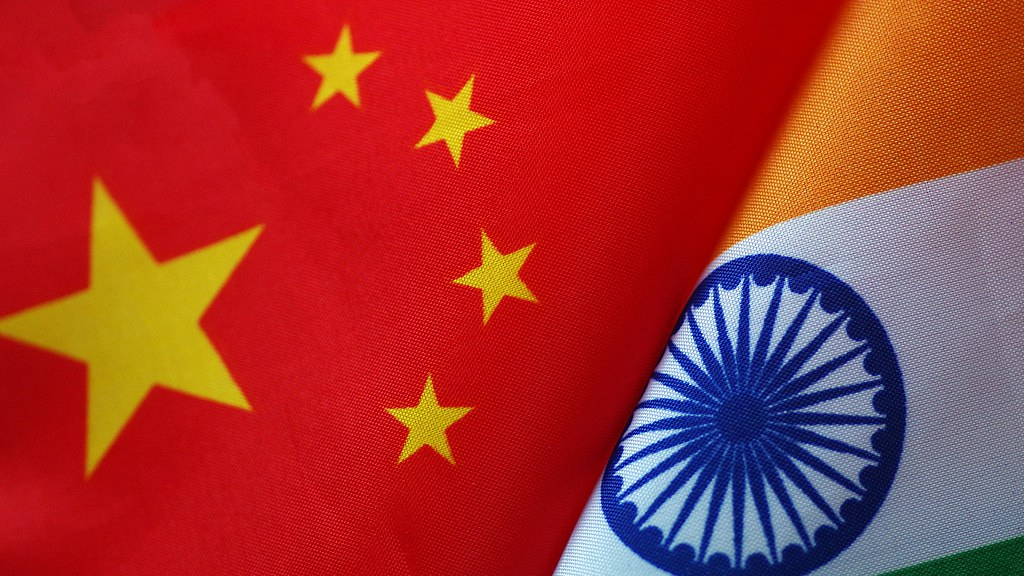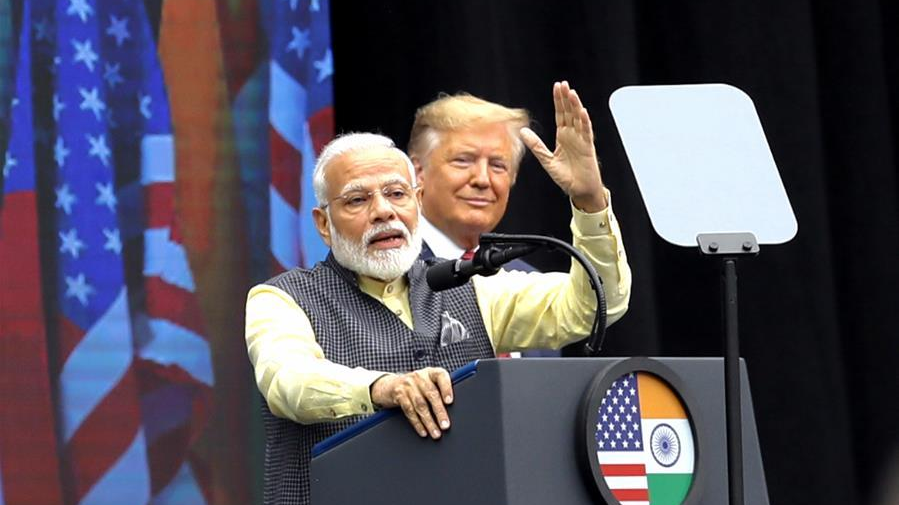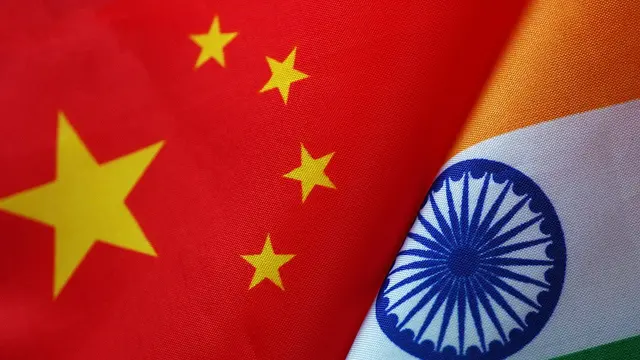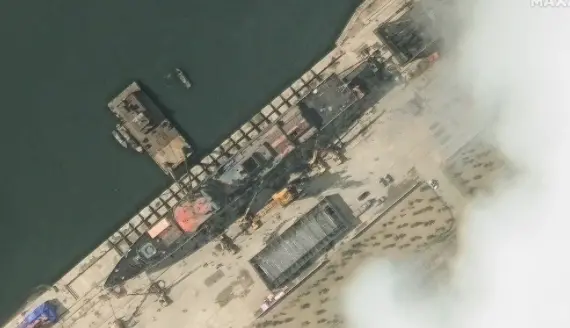
Editor's note: Maitreya Bhakal is an Indian commentator who writes about China, India, U.S. and global issues. The article reflects the author's opinions, and not necessarily the views of CGTN.
A revealing row has broken out in Indian diplomacy. V. K. Singh, India's former army chief and current minister of state for state transport and highways, recently claimed that India transgresses the Line of Actual Control or LAC (the temporary border between the two nations) more times than China does.
This led to some surprise in the Indian media. The border between India and China has never been fully demarcated. And unlike with India and Pakistan in Kashmir, even the temporary border is not mutually defined, and both sides have different perceptions of where it lies. Thus, one nation's patrols are the other nation's transgressions.
He also rightfully claimed that Chinese media doesn't report Indian transgressions. By contrast, Indian media leaps at the opportunity to talk about Chinese ones. This perhaps explains the shock of many, since the imbalance in coverage might lead people to conclude that the side that reports more transgressions from the other side carries out less of them itself.
Some late birds also get the worm
For decades, China had the upper hand in border infrastructure and patrolling frequency. India woke up late, played catch up for years, and today largely seems to have succeeded. "India's patrolling and assertion of presence are more conspicuous than in the past. In almost all contested areas, India's forces are more frequent visitors than the PLA," notes Shivshankar Menon, India's former foreign secretary and national security advisor, in his book "Choices: Inside the Making of Indian Foreign Policy."
While many Indians would welcome the increased patrolling, the comments themselves were inappropriate for a current Indian minister. They do, however, reveal confusions in India's communication strategy.
This isn't the first time that the Indian government has been caught with its trousers down. In June 2020, Indian Prime Minister Narendra Modi himself got tangled in a rather unfortunate slip, leading to an even bigger row. "Neither anyone has intruded into our territory nor taken over any post," he claimed, talking about the Galwan Valley clash. This seemed to contradict previous statements of his own government, as many opposition parties lost no time in noting.

Indian Prime Minister Narendra Modi addresses the "Howdy, Modi!" rally along with former U.S. President Donald Trump, in Houston, Texas, U.S., September 22, 2019. /Xinhua
His office later issued a clarification, calling the whole thing an unnecessary controversy caused by attempt to give a "mischievous interpretation" to the PM's remarks. It said that his comments "pertained to the situation as a consequence of the bravery of our armed forces" – perhaps indicating that he meant that the Chinese People's Liberation Army intruded but was pushed back by the Indian army.
To many, the clarification was more confusing than clarifying. As a brilliant quip from the British sitcom "Yes, Prime Minister" goes: a clarification is not to make oneself clear, it is to put oneself in the clear.
This wasn't the end of the gaffe train. The India-U.S. 2+2 dialogue in October of last year witnessed a similar controversy. Due to some confusions over translation, the Indian Defense Minister Rajnath Singh was quoted as saying, "… we are challenged by reckless aggression on our northern borders …" – a clear reference to China and the ongoing standoff.
This was highly unusual. India usually avoids such direct references to China in talks with the U.S. – partly to avoid any departure from the appearance of non-alignment, and partly out of diplomatic protocol and niceties (that honor is usually reserved for Pakistan). Presumably, the remarks were added to a draft of the minister's speech, only for them to be removed later, but the final version never reached the interpreter.
The statement stood on U.S. government websites for three whole days. Just as hawkish pundits were bringing out the champagne, the State Department removed the reference to China, with a footnote stating "as delivered in Hindi." The U.S. Department of Defense website, however, still retains the original statement, marked "inaudible" and with a footnote: "As delivered by Indian Government English-language interpreter."
Mistakes reveal more than official statements do
Throughout the standoff, both countries have taken care in not being more outspoken about the other than they absolutely have to. Unlike nations such as the U.S. with its howling diplomats, India prefers making diplomatic statements with diplomacy rather than chest thumping.
Yet, everyone makes mistakes. And often those mistakes end up revealing more than official statements ever could. These gaffes might seem harmless in the long run, but they indicate one of two possibilities.
The first is that the steady response of the Indian government on the ground is not matched by its communication over the airwaves – it seems divided on how much hawkishness to display toward China in diplomatic statements. This is partially understandable, since this by far may be the worst crisis between the two nations in over 50 years. The second possibility is sheer incompetence. It's not clear which is worse.
(If you want to contribute and have specific expertise, please contact us at [email protected].)
 简体中文
简体中文











